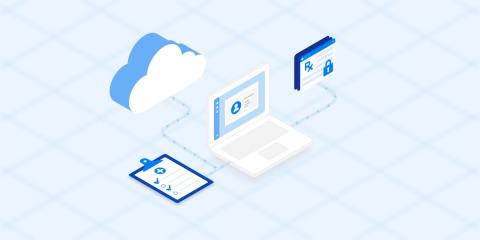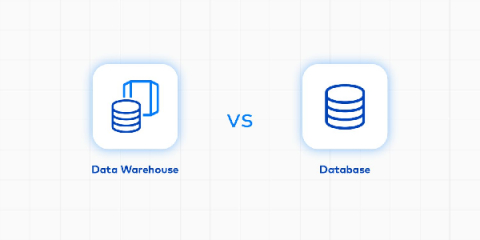Systems | Development | Analytics | API | Testing
Data Warehouses
How to Operationalize your Data Warehouse with Reverse ETL
The 9 Differences Between a Data Lake and a Data Warehouse
How to Handle HIPAA Concerns With Cloud Data Warehouses
How to use a cloud data warehouse to achieve HIPPA compliance, reduce risk and offload some of the operational burden. How do you balance an accessible data warehouse with data protection and HIPAA Compliance? To get the most value from your data, it should be available to everyone in your organization who can benefit from the data analysis, insights and value it holds.
Data Lakehouses: Have You Built Yours?
In traditional data warehouses, specific types of data are stored using a predefined database structure. Due to this “schema on write” approach, prior to all data sources being consolidated into one warehouse, there needs to be a significant transformation effort. From there, data lakes emerge!
How to Operationalize Your Data Warehouse
7 Steps to Operationalize Your Data Warehouse
Data Warehouse vs. Database
Data warehouses are a particular kind of database. Learn how they are uniquely suited to analytics.
Accelerate Offloading to Cloudera Data Warehouse (CDW) with Procedural SQL Support
Did you know Cloudera customers, such as SMG and Geisinger, offloaded their legacy DW environment to Cloudera Data Warehouse (CDW) to take advantage of CDW’s modern architecture and best-in-class performance? In addition to substantial cost savings upon moving to CDW, Geisinger is also able to search through hundreds of million patient note records in seconds providing better treatment to their patients.







